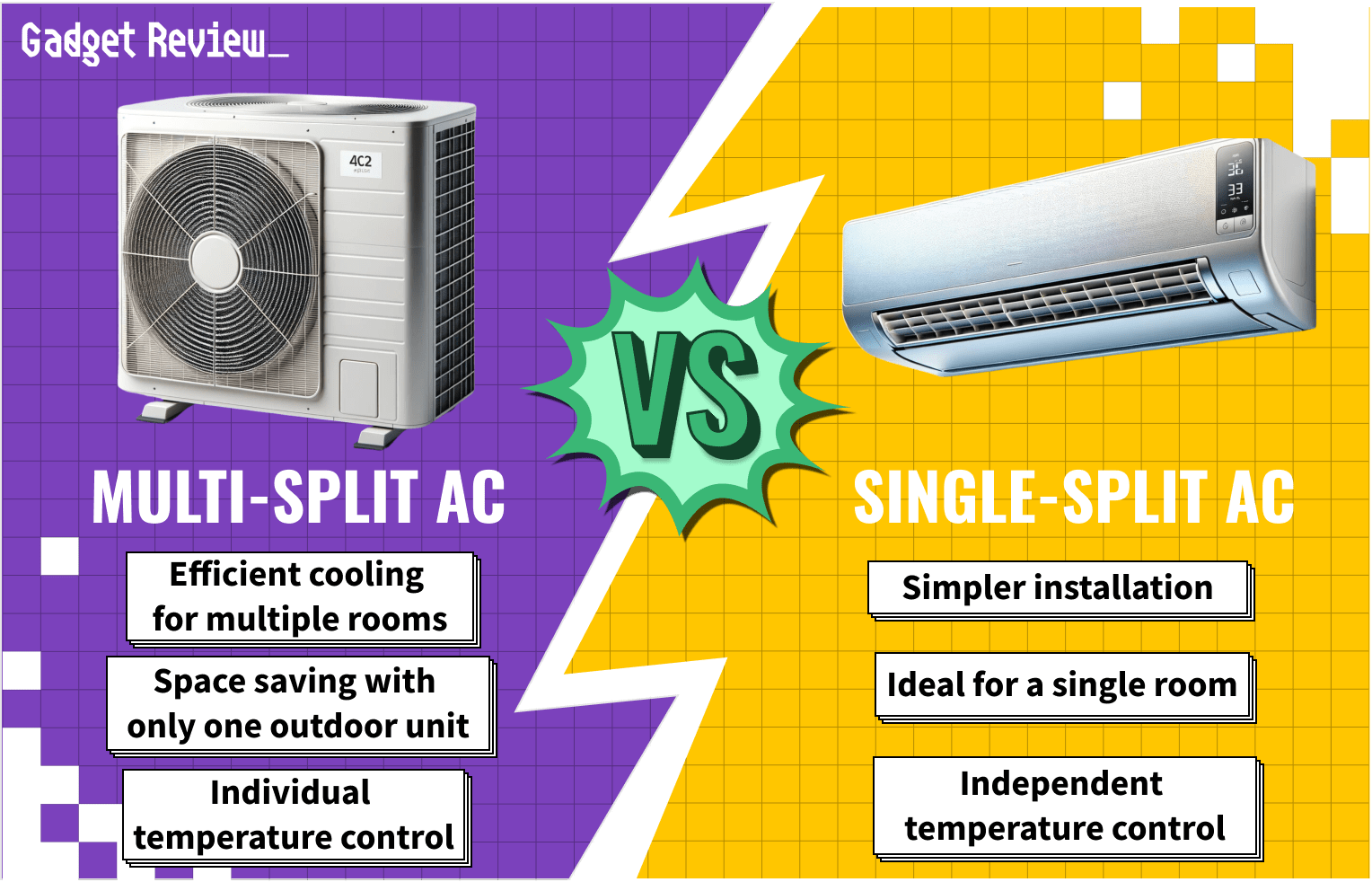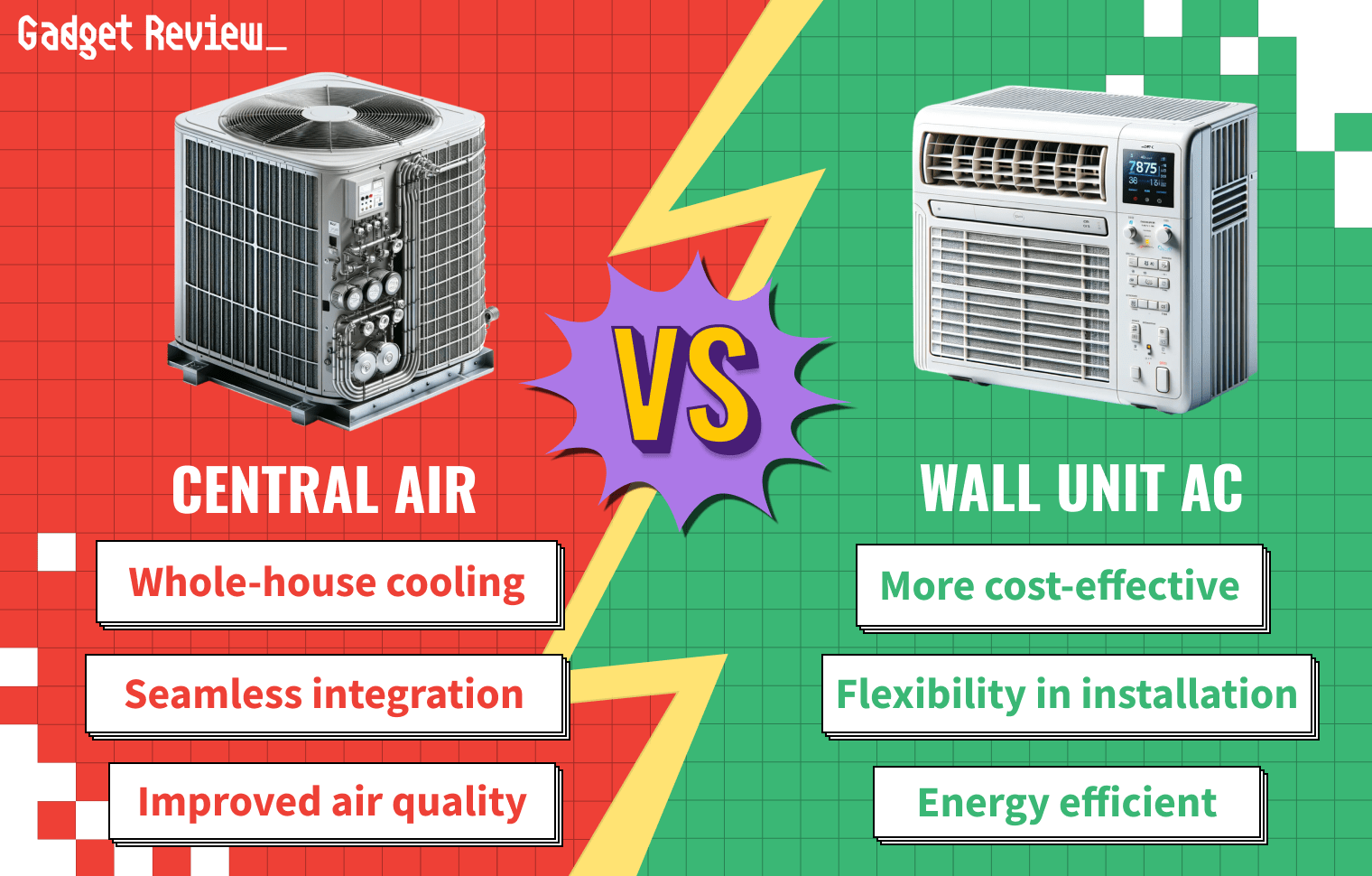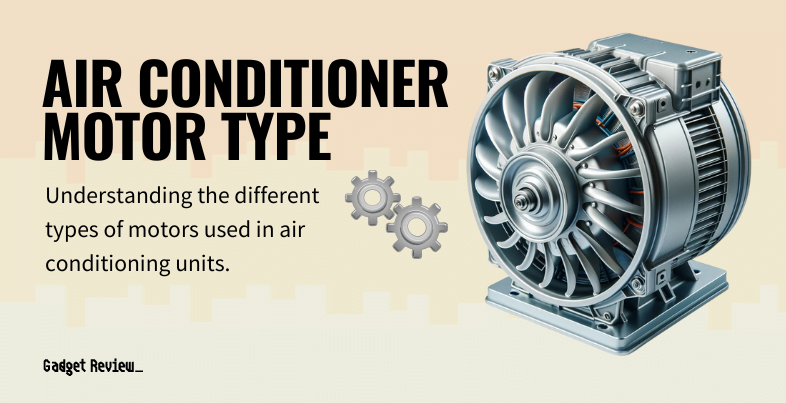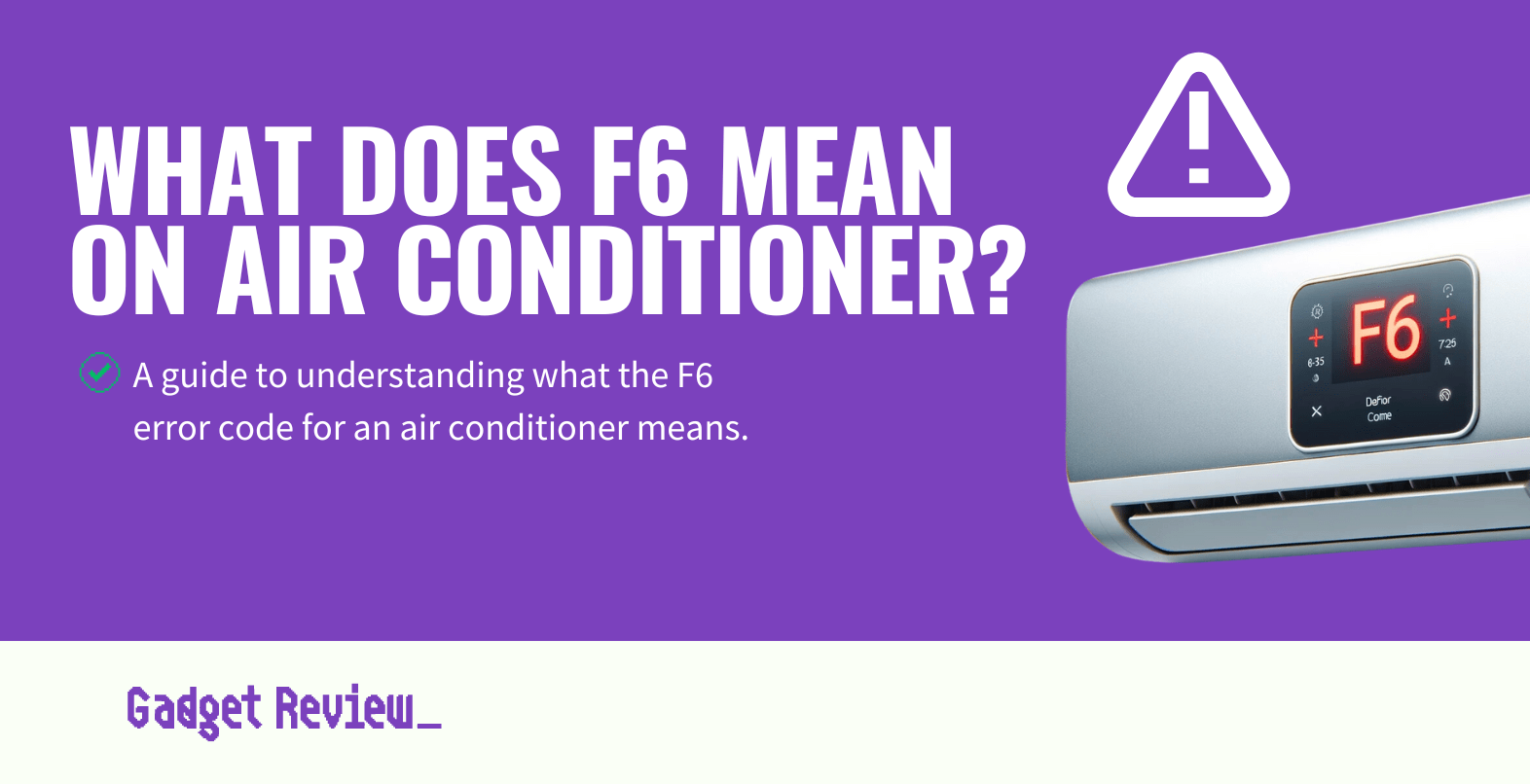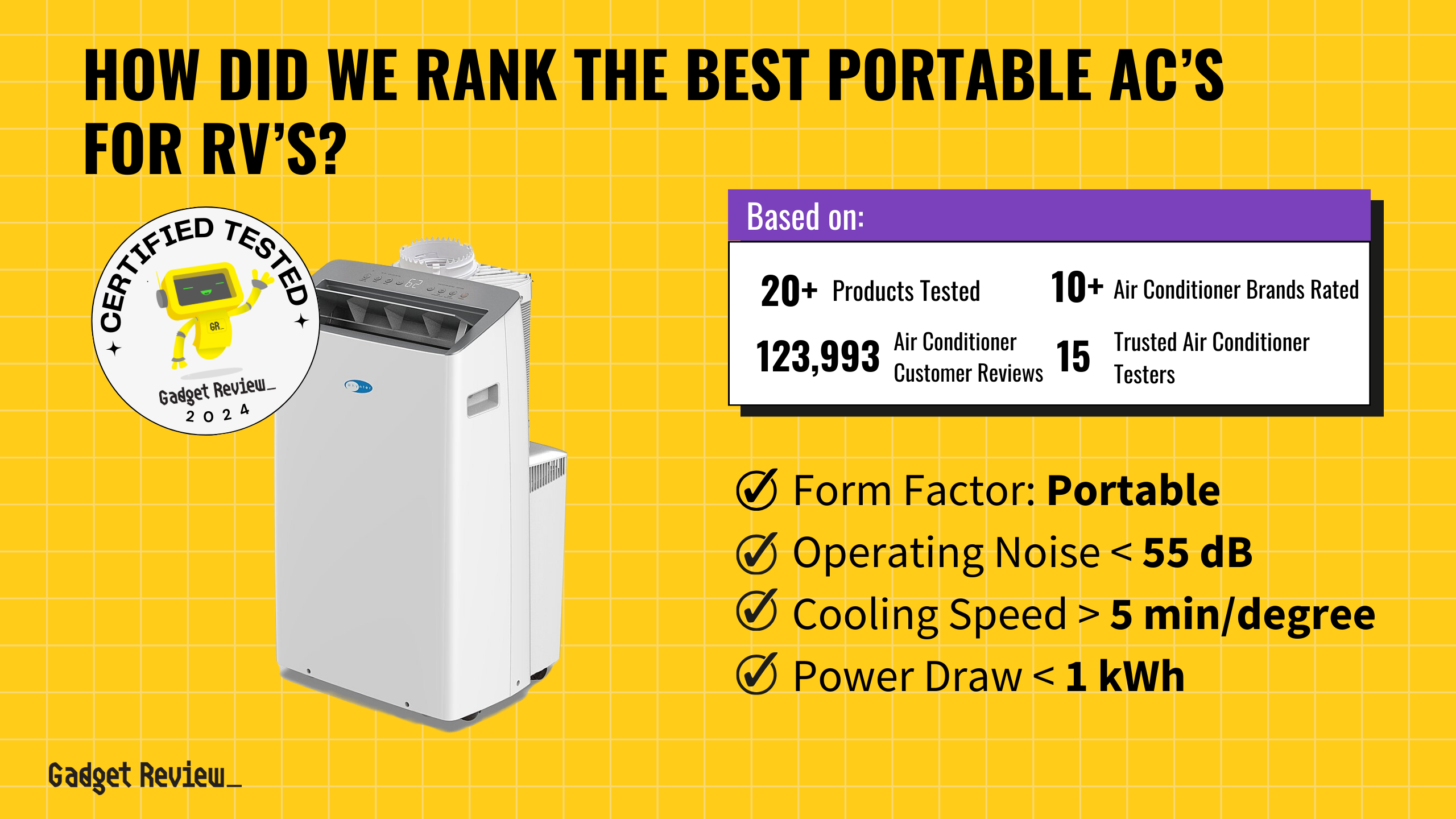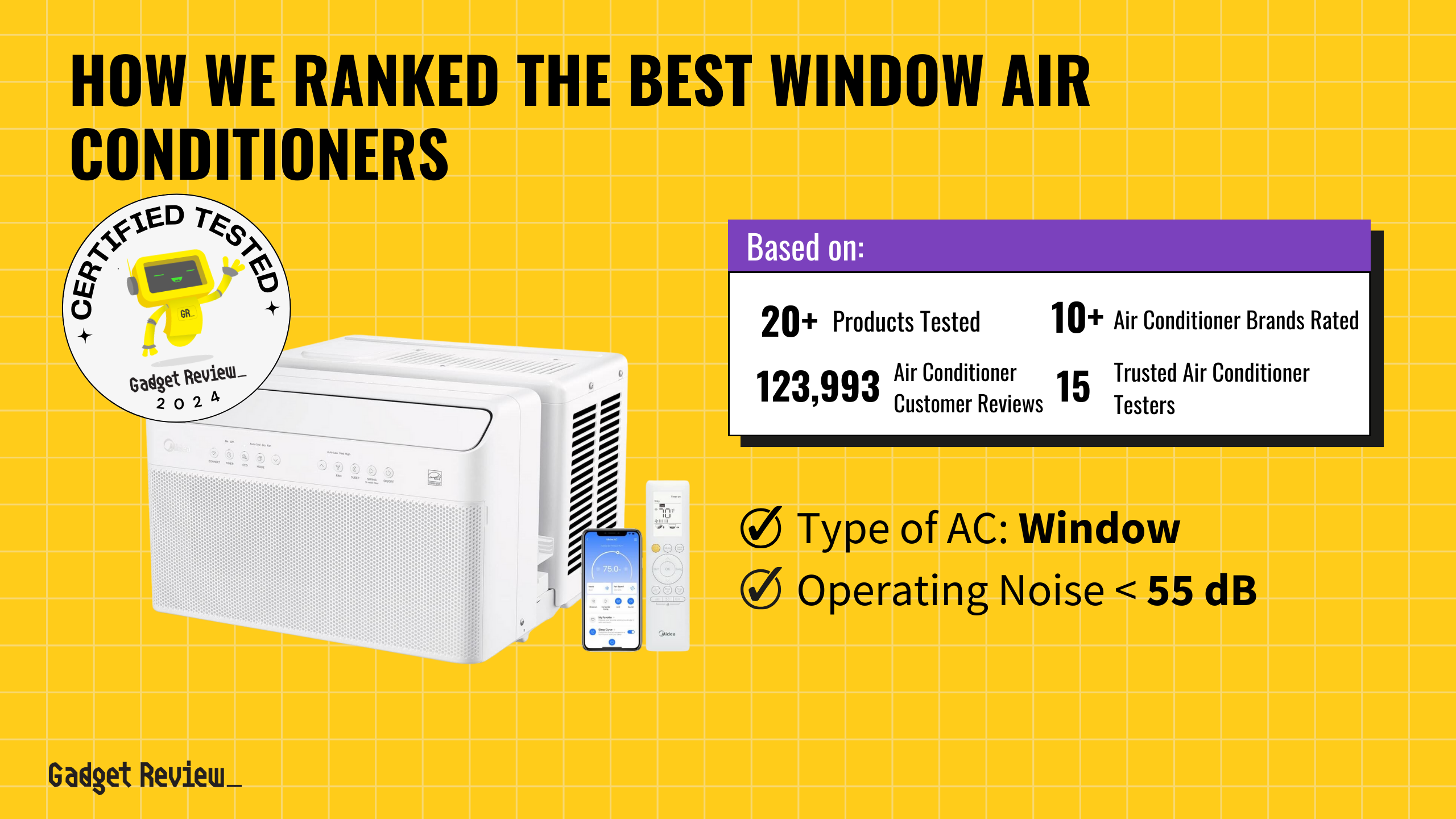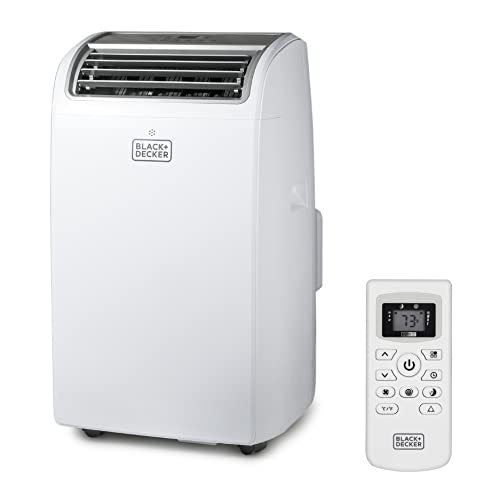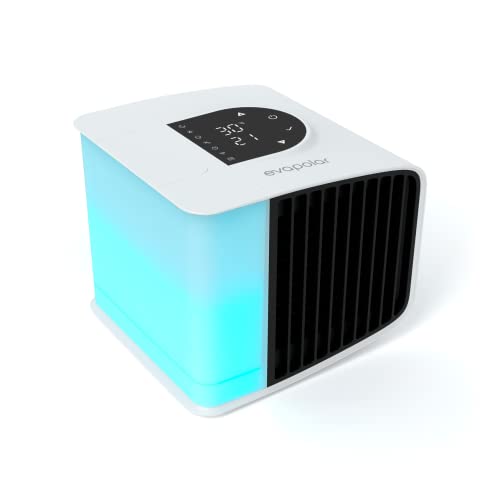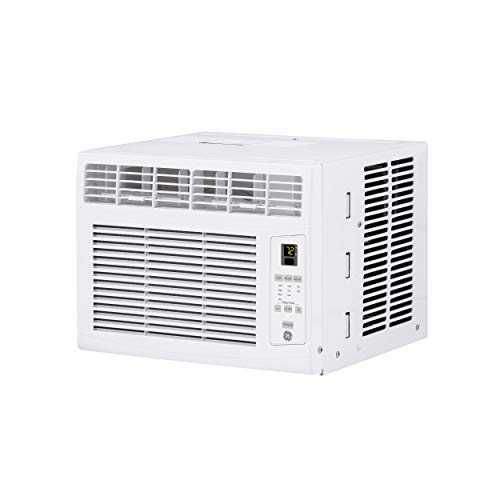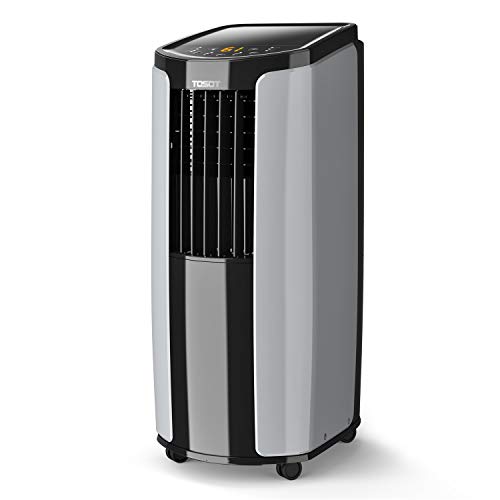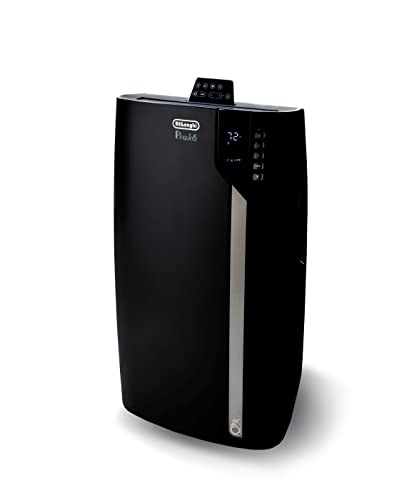Choosing the right air conditioning system is crucial for maintaining a comfortable environment in your home or office. With the myriad of options available, it can be challenging to decide between multi-split air conditioners and single-split systems. Both offer unique benefits and can significantly impact your space’s cooling efficiency, energy consumption, and overall comfort level. Let’s dive into the intricacies of these systems to help you make an informed decision that’s tailored to your specific needs. After all, the best air conditioner for the job will be the one that meets the conditions of your space without going beyond your budget.
Key Takeaways_
- Single split air conditioners are ideal for targeted air conditioning or single rooms and spaces without multiple climate zones.
- Multi-split air conditioners are an excellent solution for multiple rooms and climate zones but suffer in terms of efficiency.
- Multi-split AC units save indoor space by using an outdoor unit but are more susceptible to the elements and have higher maintenance costs.
Differences between Single Split vs Multi Split Air Conditioners
Single-Split Air Conditioners
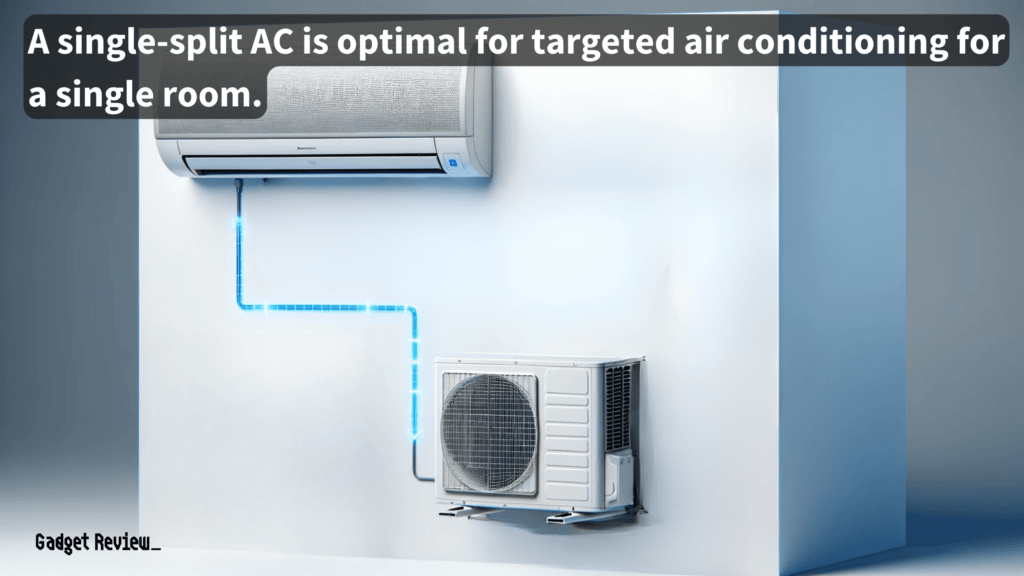
- Single-split air conditioners consist of one indoor unit connected to an outdoor unit, making them ideal for single-zone cooling.
- These systems are renowned for their straightforward installation process and ability to maintain a consistent temperature in individual spaces.
- Single-split systems are an excellent choice for those looking to cool a specific room or area within their home, offering independent control and efficient energy use.
Multi-Split Air Conditioners
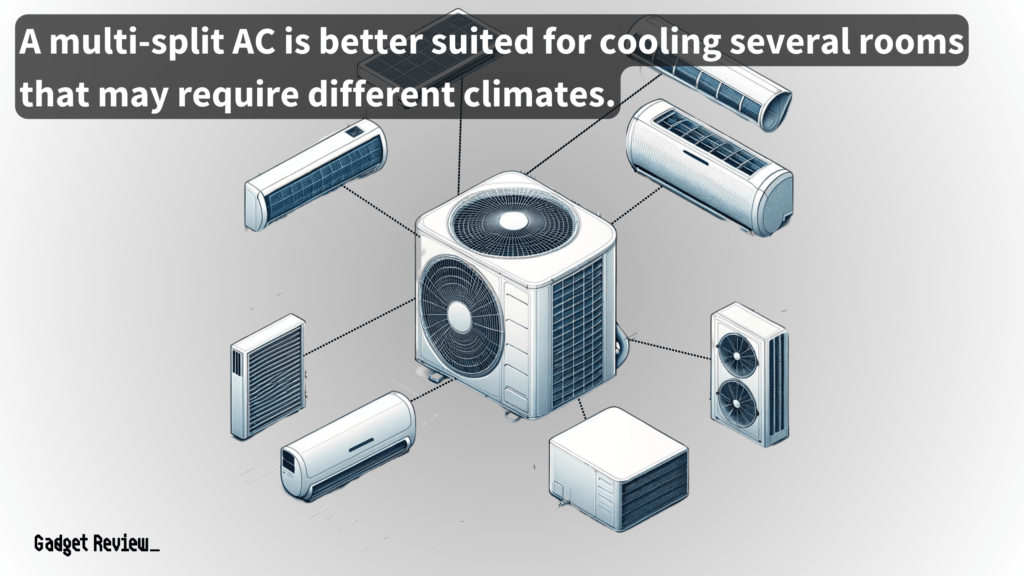
- Multi-split systems connect multiple indoor units to a single outdoor compressor, allowing for temperature preferences to be catered to across different rooms.
- This configuration is perfect for larger homes or offices with varied cooling needs across multiple zones.
- Multi-split systems provide the flexibility to control the temperature in each room independently, ensuring optimal comfort throughout the space.
System Configuration
The fundamental difference between multi-split and single-split systems lies in their configuration.
- Single-split systems are designed for single-zone cooling, with one indoor unit linked to one outdoor unit.
- Multi-split systems, however, can support multiple indoor units connected to a single outdoor unit, making them suitable for multi-zone cooling.
- This distinction is similar to the difference between mini-split systems and VRF systems, where the latter offers more extensive zoning capabilities and efficiency for larger commercial buildings.
Energy Efficiency
When it comes to energy efficiency, both systems have their merits. Multi-split systems can be more energy-efficient in larger spaces or homes, as they allow for simultaneous cooling of multiple areas without the need for multiple outdoor units.
STAT: Central air conditioners lose 20% to 30% of their cooling power via the ducts, whereas ductless systems lose none. (source)
Single-split systems, on the other hand, are energy efficient for cooling individual spaces, as they can be turned off in unused spaces, reducing energy waste.
Installation and Maintenance
The installation process for multi-split systems can be more complex and costly due to the need to connect multiple indoor units to a single outdoor compressor.
However, they offer a sleeker design and less outdoor space usage. Single-split systems are simpler and cheaper to install but might require more outdoor space if multiple units are needed for different rooms.
Aesthetic and Space Considerations
Multi-split systems are often preferred for their aesthetic appeal, as they require less outdoor space and can blend more seamlessly into the environment.
warning
While multi-split units are often the best choice for cooling multiple rooms with different climates, they need to have a sufficient BTU rating for the largest room to cool efficiently without stressing the outdoor unit.
Single-split systems, while more visible, offer a straightforward solution for single-room cooling without the need for extensive ductwork.
Cost Analysis
Initial upfront costs for multi-split systems are generally higher than for single-split systems due to the complexity of the installation and the number of indoor units. However, the long-term energy savings and the ability to cool multiple areas efficiently can offset these initial expenses.
Pros and Cons
Single-Split Systems
Pros:
- Simpler and cheaper installation
- Ideal for cooling individual rooms or spaces
- Independent temperature control for each unit
Cons:
- Limited to single-zone cooling
- Multiple units required for cooling different areas increase outdoor space usage
Multi-Split Systems
Pros:
- Efficient cooling of multiple rooms with one outdoor unit
- Space-saving with fewer outdoor units required
- Individual temperature control for each room
Cons:
- Higher initial cost and more complex installation
- If the outdoor unit fails, all connected indoor units lose cooling capability.
Making the Right Choice
When deciding between multi-split and single-split air conditioners, consider key factors such as the layout of your space, cooling needs, and budget.
Multi-split systems are ideal for larger spaces with multiple rooms, offering energy-efficient cooling and individual temperature controls. Single-split systems, on the other hand, are suited for single-zone cooling with simpler installation and lower initial costs.
insider tip
If a space or home can be effectively cooled with a single split unit, it’s a far more economical and practical option than a multi-split unit.
Consulting with HVAC experts can provide tailored advice based on your specific requirements, ensuring you choose a system that offers optimal performance and energy efficiency for your environment.
Residential Applications
For larger homes with multiple rooms requiring individual temperature controls, multi-split systems offer an efficient solution. They allow family members to set separate temperatures in their rooms, ensuring personalized comfort.
Single-split systems, however, are an excellent choice for smaller homes or apartments where cooling needs are limited to specific areas.
Commercial Applications
In office settings, multi-split systems can accommodate the diverse temperature preferences of different employees, enhancing productivity and comfort. Retail spaces might prefer single-split systems for targeted cooling in areas with higher foot traffic.
For those with even larger cooling needs, such as commercial buildings or industrial facilities, exploring the option of a chiller system vs air conditioner might be more appropriate due to its capacity to efficiently cool vast spaces.
Ultimately, selecting the right air conditioning system—whether a multi-split or single-split—depends on various factors, including your space requirements, energy efficiency goals, and budget.
By understanding the differences and considering your specific needs, you can ensure a comfortable and energy-efficient cooling solution for your home or office.
Remember, expert advice from HVAC professionals can guide you to the most suitable option, ensuring your investment delivers the comfort and efficiency you seek.


